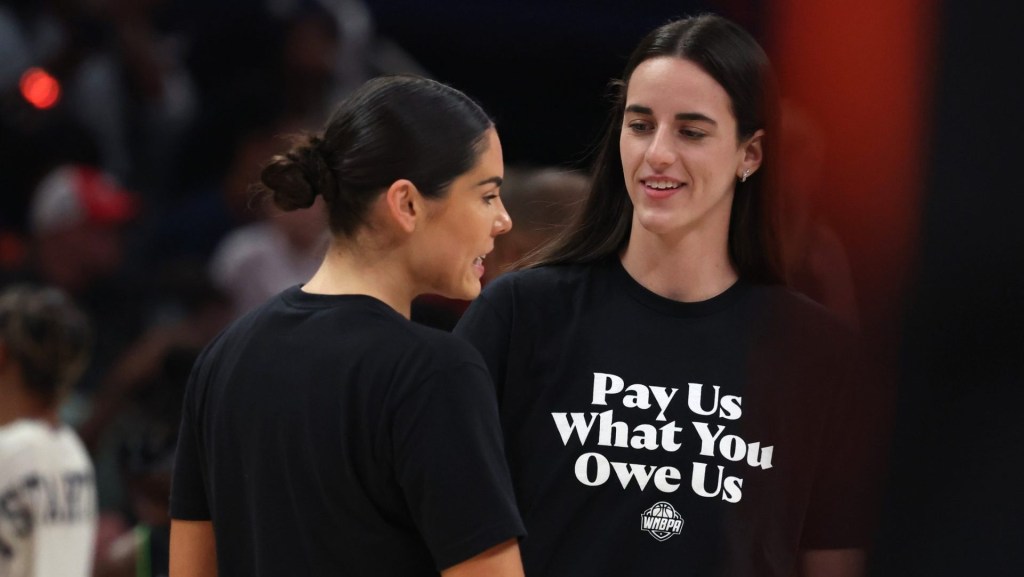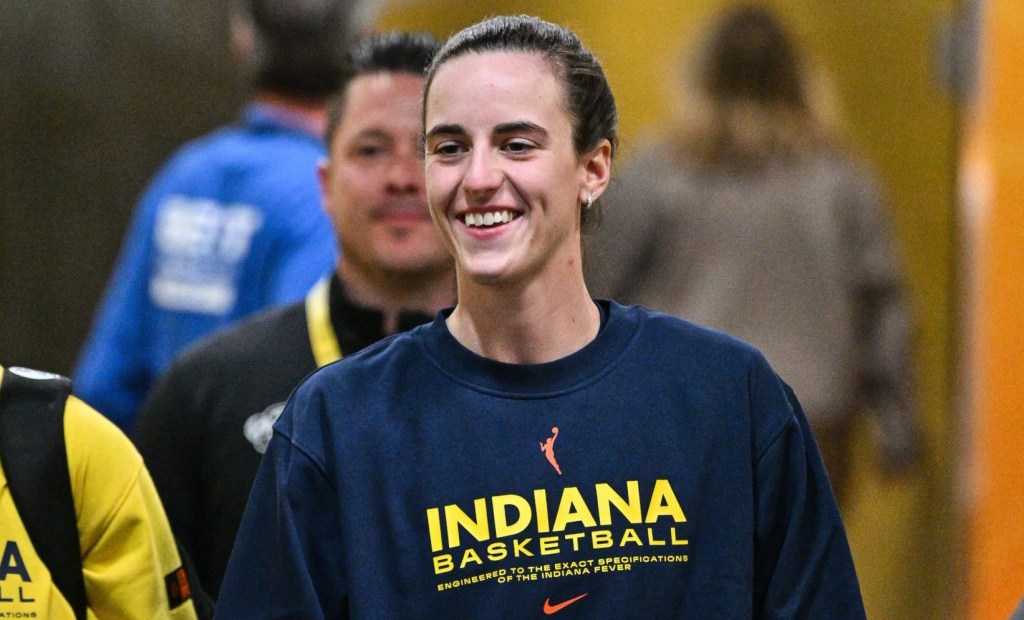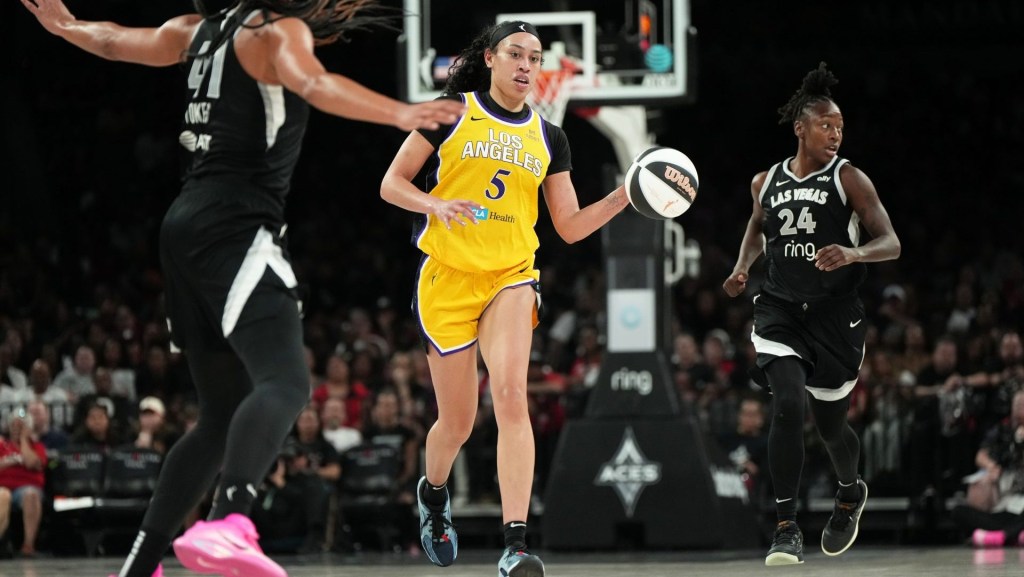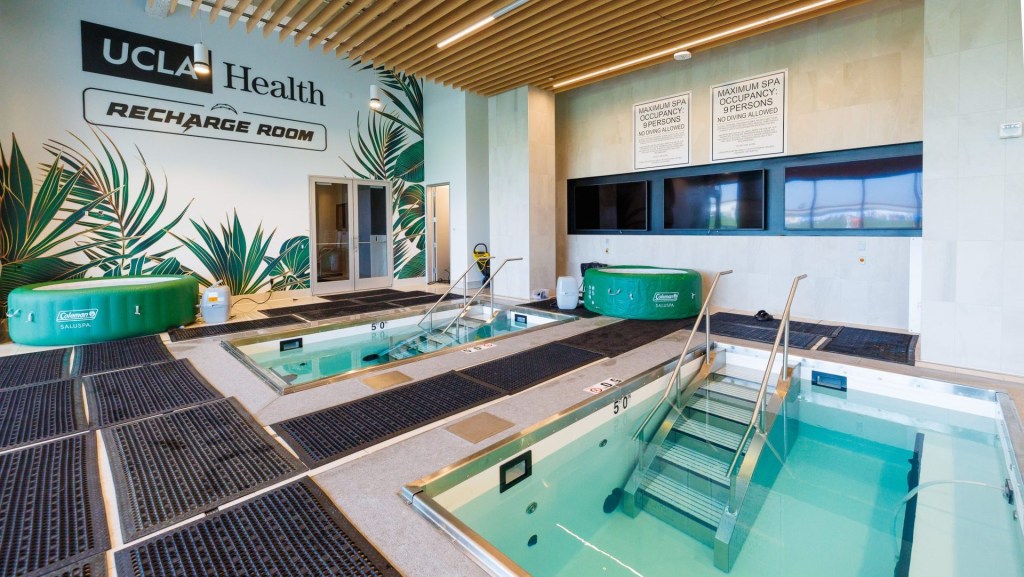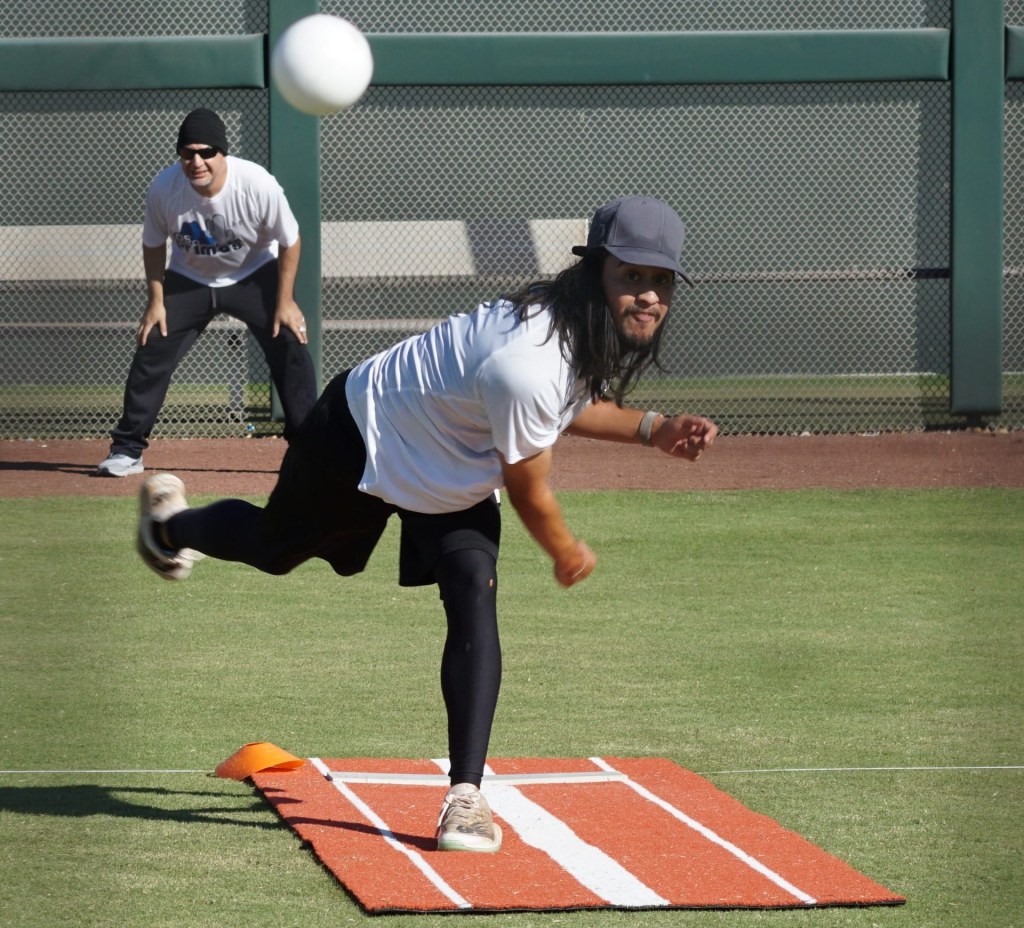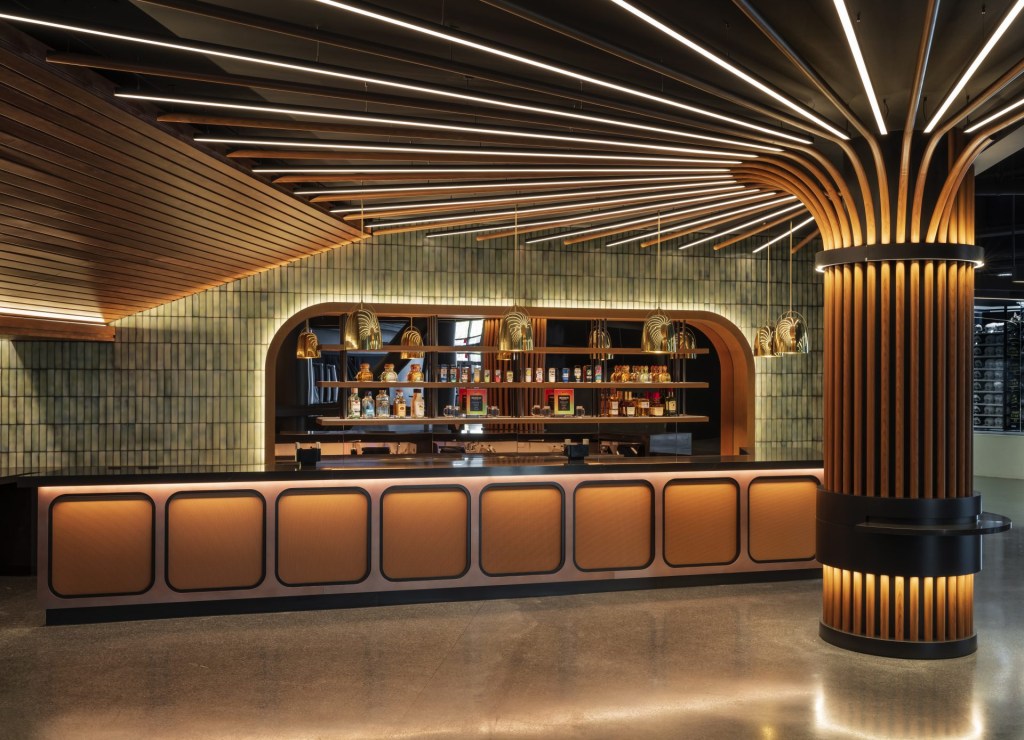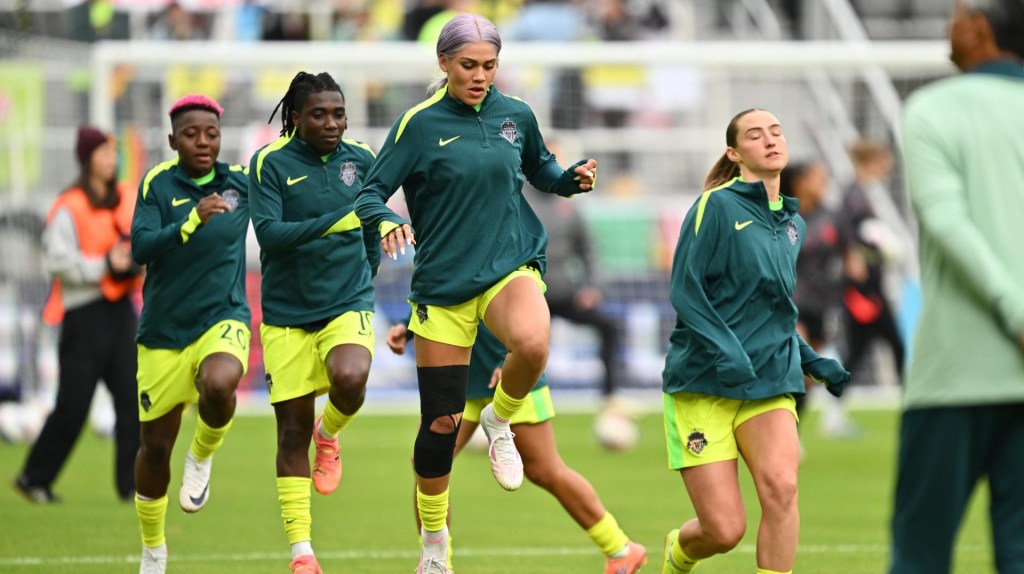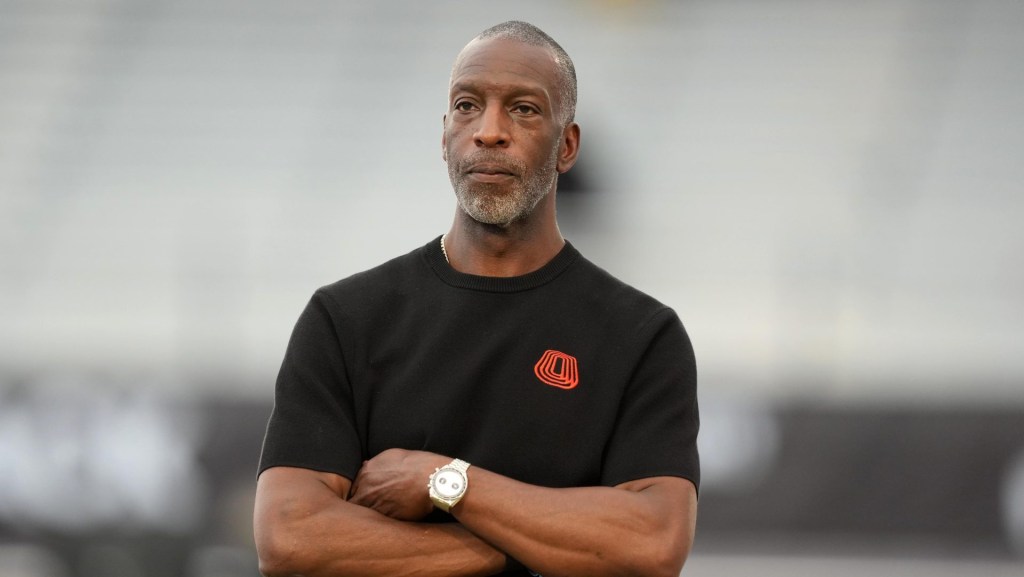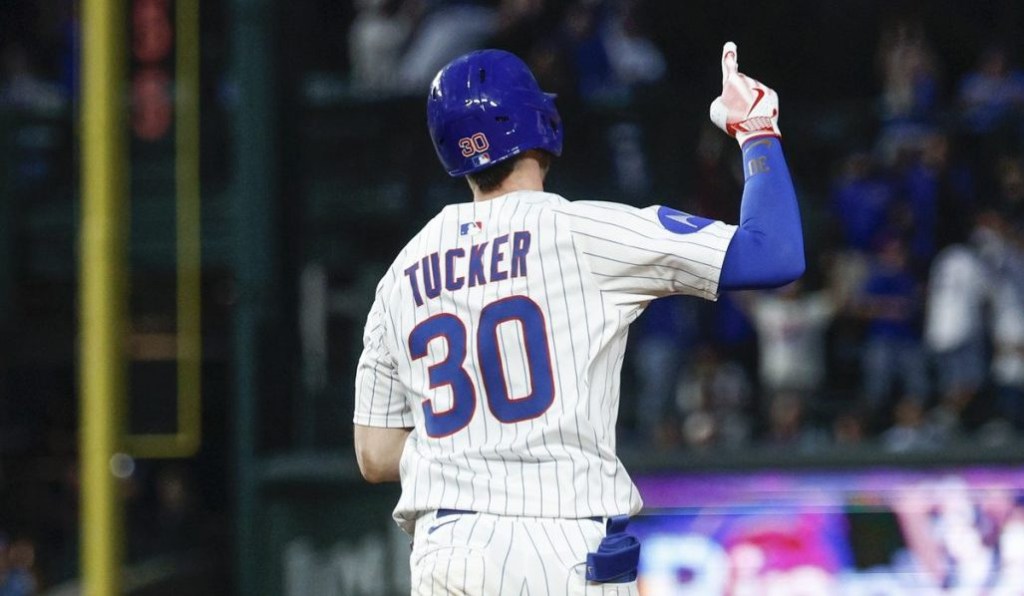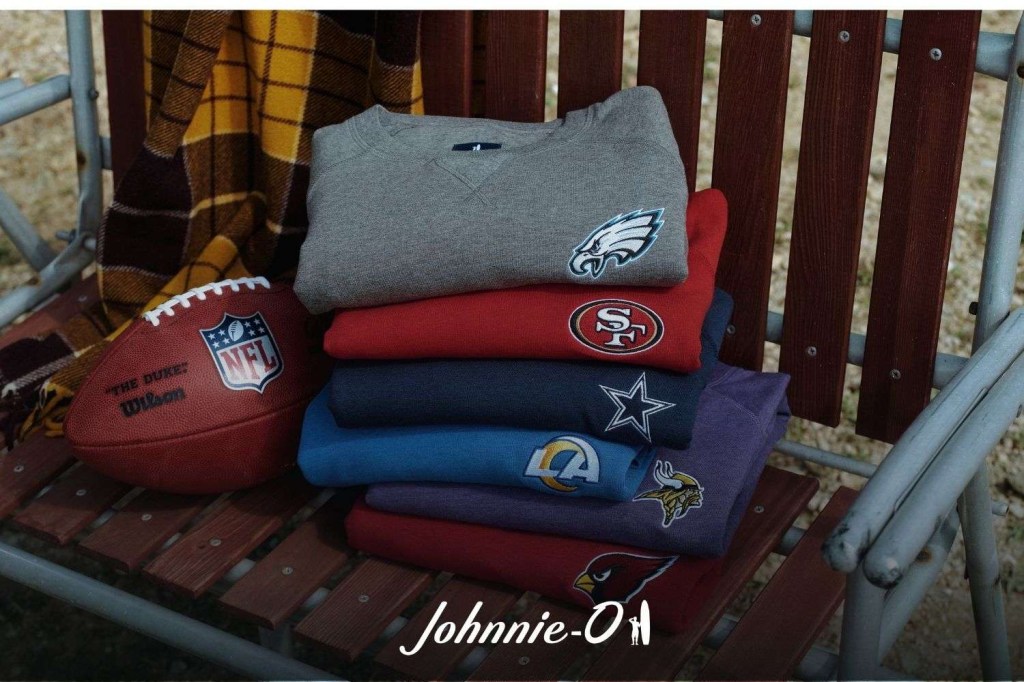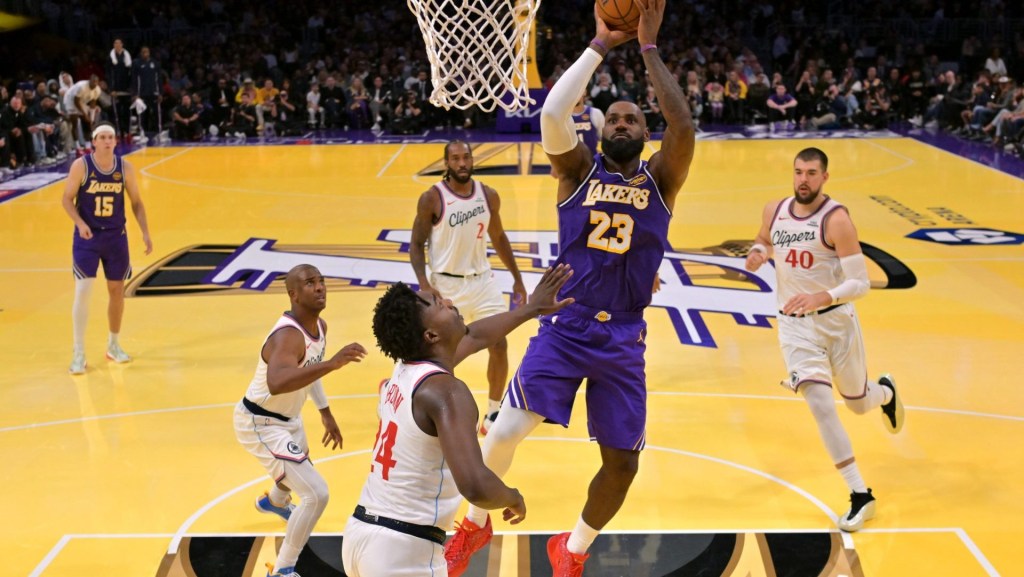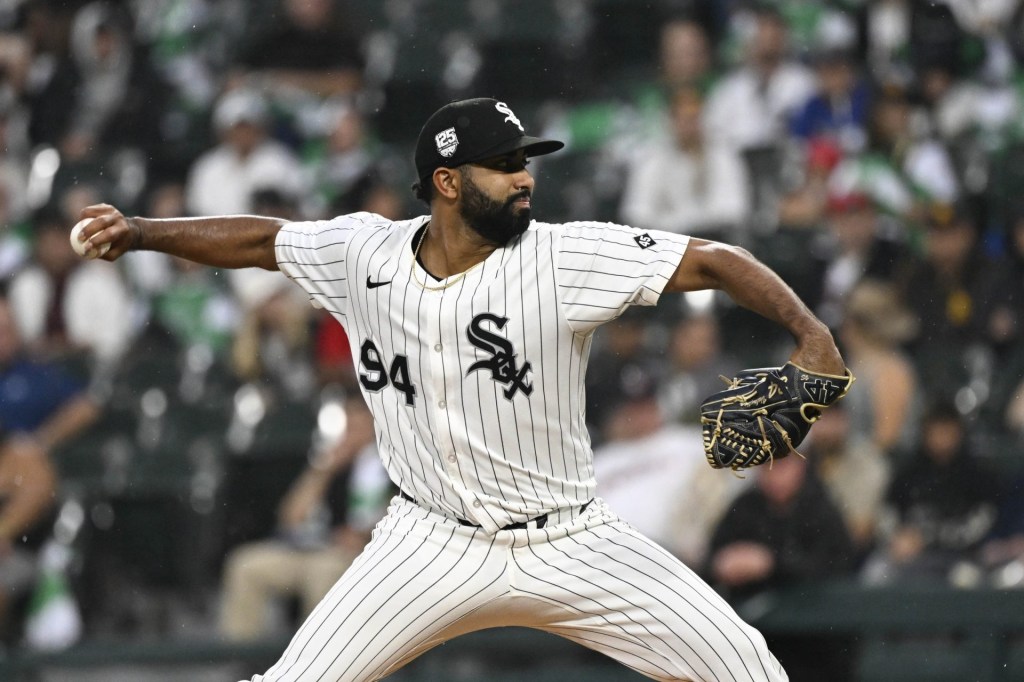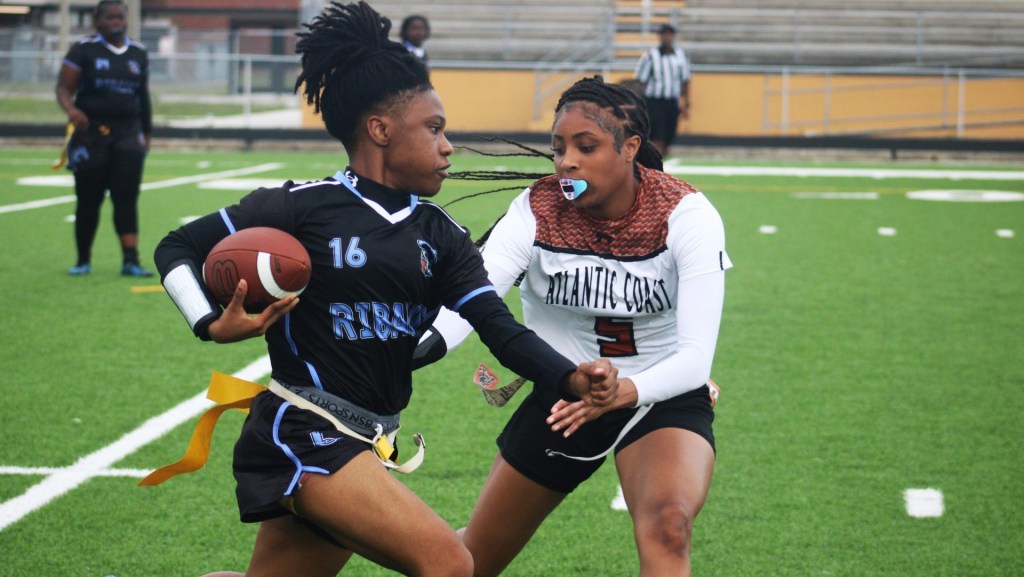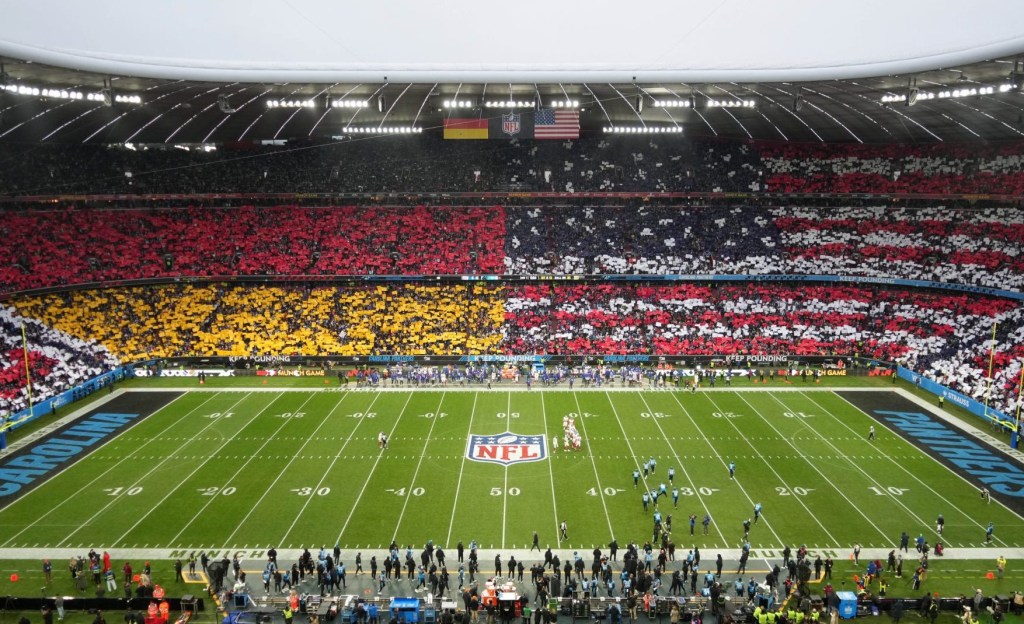TAMPA, Fla. — “Sustainability” has been the buzz word for Unrivaled since its inception.
The player-founded and owned startup 3-on-3 league launched with lavish salaries and facilities, and skeptics have questioned how long it could last.
Executives are bullish, telling Front Office Sports they’re eyeing profitability as soon as next year.
“We almost broke even in the first year,” Unrivaled commissioner Micky Lawler told FOS. “We know there’s more that we can do.”
The league banked over $27 million in revenue in its first year, according to a league source. The money was likely largely from a lucrative media deal with TNT, plus a blue-chip roster of corporate sponsors. With an average salary of $200,000 for their founding 36 players, the league spent $7 million or more on player salaries.
Unrivaled averaged 221,000 viewers during the regular season and the playoffs. The championship game between Rose BC and Vinyl BC drew 364,000. The league’s most watched game between the Lunar Owls and Mist on Feb. 14 averaged 377,000 viewers.
Alex Bazzell, the league’s president and husband of co-founder Napheesa Collier, says the league can grow its bottom line with tickets, merchandise, and added sponsorships.
“We ended up doing I believe $1.4 or $1.5 million in merchandise sales this year,” Bazzell said. (Unrivaled was able to add merchandise sales late in its inaugural season after striking a licensing deal with the WNBA union.) “How do we double or triple that right away just by being more efficient? Ticket revenue, we know we’re going to add seats to our venue. We want to remove the back panel area where players walk in that you’re going to see on TV, create more seating which increases our revenue from that standpoint.”
In its first season, Unrivaled went all-in on its media deal, playing at an 850-capacity arena. The league plans to add several hundred seats, which should also improve broadcasts that occasionally gave the impression that the arena was empty. The league said it sold out every game, surpassing seven figures in ticket sales.
On the basketball side, changes are coming to roster sizes and relief player strategy as the league goes on tour. At this point they don’t have cities determined for the anticipated tour stops, but Lawler said it’s likely the league will play in two cities outside of their Miami home base.
The 36 players across six teams in Unrivaled played a higher percentage of games than in the WNBA, with just six players on each team. Though several well-known players suffered injuries, the league says it had a lower injury rate than the WNBA. Most prominently, Liberty shooting guard Betnijah Laney-Hamilton will miss up to six months this upcoming WNBA season following surgery for a knee injury she sustained as a relief player in Unrivaled.
In year 1, all of Unrivaled’s contracts offered what amounted to injury insurance. If a player was injured and unable to play in the WNBA and collect their salary, the league would pay their WNBA salary. In the case of Laney-Hamilton, if she is suspended by the Liberty—meaning she would not be guaranteed her $185,000 salary—Unrivaled would cover it.
Adding to the teams’ roster sizes is one easy fix. The league also hopes to have the entire pool of relief players in-market to ensure their training and ramp-up period is the same. The number of relief players and compensation model for them still needs to be worked out.
Unrivaled is targeting a number of incoming rookies for year 2, as well as international players and current WNBA players they were unable to sign for the inaugural season. Unrivaled made a huge play for Caitlin Clark, but ultimately lost out on her. Bazzell didn’t specify if Clark was one of the players they would target, but said “there’s some obvious ones we know we want to get heading into year 2.”
“This is sustainable,” Lawler said. “There’s definitely an appetite and great support for it.”


